Plato



Plato is a Unity application that allows both offshore and onshore personnel to monitor machine maintenance, diagnostics, and employee safety from a series of computer screens. It is a comprehensive view of the many processes that occur on an oil rig, from active drilling to log reporting. While I assisted with developing and debugging UI/UX features, I was personally responsible for two major additions: the Slip & Cut screen, and designing the Alarm Management system.
In the project's infancy, the client was exploring what processes could be monitored most efficiently within the application, and one of the earliest screens was that of the Slip & Cut. On oil rigs, the drilling line can wear down in critical spots after so many "ton-miles" of use. Personnel is required to keep a log of how many ton-miles have been used in the line, and they must slip (move the line so the critical spots do not fatigue as much) or cut (cut the line and run a new line from the drawworks).
I was brought in to create an early prototype of what this screen would look like in the application. After much user research (discussions with employees that have personally completed slip & cut operations), it was determined a clear and concise logging system would be needed, along with a color-coded representation of critical areas of the draw line that would fatigue quickly. The final stage was a live demo within the Plato application, showing a 3D model of the tower with critical components and a logging system that operators could use to record ton-miles and view historical data. After the application was complete, a majority of my design was kept for the final Slip & Cut view.
The second view I was tasked with designing for Plato was the Alarm Management screen. All machinery on an oil rig constantly sends alarm codes with different levels of priority. These alarm codes allow operators to quickly see needs to be repaired or monitored during shift stand-ups, so rig personnel can respond accordingly. The problem is that there are so many alarm codes that it is hard to quickly get an overview of what is important.
Taking this into account, I set out to make a set of screens that presented rich, in-depth insights into which alarms should be prioritized, all while minimizing clutter and conforming to modern-day UI standards. In addition, we knew that the application would be published for tablets and eventually mobile phones, so responsiveness, ease of use, and easy navigation was a must. The images below show my concepts of the alarm management screen. Although an alarm management view was not directly implemented, many aspects of this concept were utilized for other Plato features, such as visualizing tripping and well view sequences.
I designed two critical components for the Plato application, leading to increased safety, efficiency, and monitoring for a fleet of oil rigs. While it was a very intensive learning process, I was able to gather requirements and create user stories for employees in the oil industry, while creating user interfaces for heavy-industrial activities within the Unity3D game engine.